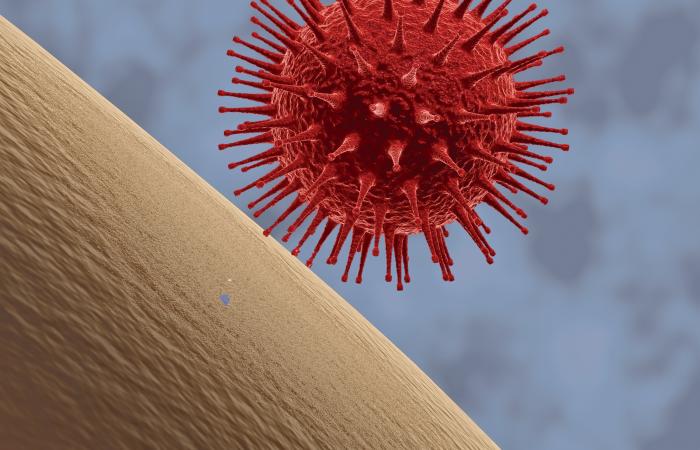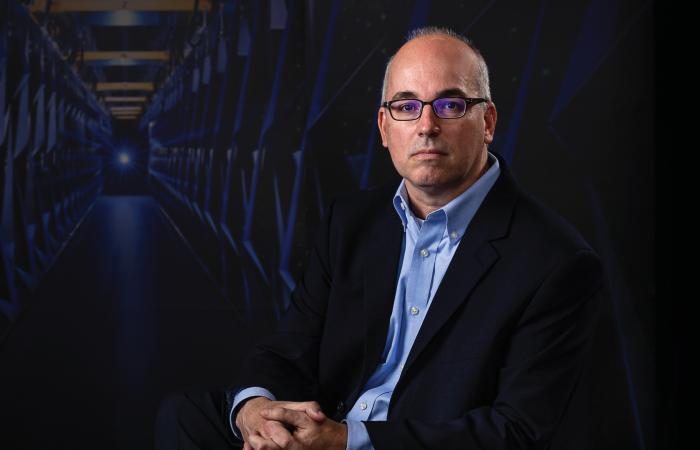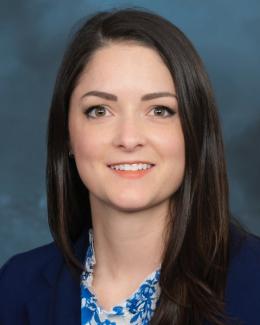Readers of ORNL Review know that our national laboratories are home to super-cool, state-of-the-art facilities where scientists and engineers develop amazing technologies. Equally important is the role national labs play in boosting the nation’s economy by teaming up with business and industrial partners to move these technologies from the laboratory to the marketplace.
“We want to get scientific advances into the hands of our commercial partners as quickly as possible, so taxpayers see a return on their investment,” said Mike Paulus, director of technology transfer at ORNL. “Technologies do have a shelf life, so as soon as they emerge from the laboratory, they often have the greatest potential value for industry.”
Delivering COVID drugs
One recent example of rapid commercialization was prompted by the COVID-19 pandemic.
Chris Ellis, an ORNL computational microbiologist, developed a drug delivery system that transports therapeutic drugs directly into cells infected by the COVID-19 virus. The system incorporates the virus’ spike protein — the part of the virus that enables it to latch onto and infect cells — into the structure of nanoparticles that are filled with doses of an anti-COVID drug. These nanoparticles then bind only to COVID-infected cells and deliver their therapeutic payloads through the cell membrane.
The laboratory licensed this technology to NellOne Therapeutics of Knoxville, Tennessee, for use with the NELL1 protein. This was the first agreement to result from ORNL’s COVID-19 Rapid Access Licensing Program.
“The NELL1 protein is useful for treating damage to the heart and lungs, among other things,” Paulus said. “We’re working with NellOne to adapt the delivery system to transport the NELL1 protein directly to the hearts and lungs of patients whose organs have been damaged as a result of a COVID exposure.
“We licensed this technology to NellOne at no cost,” he added. “We’re hoping they can quickly develop a tool that will be useful for patients recovering from COVID-19.”
Ongoing relationships
Great technology is just the first step to successful technology transfer, Paulus noted. On top of that, the process relies on effective communication between the lab and business partners, to both ensure that potential licensees understand the value of the technology and help guide ORNL researchers to produce the most valuable innovations.
“High-value transfers of technology like this wouldn’t happen if we just tossed a technology over the transom and said ‘good luck,’” Paulus said. “They occur when we bring our scientific horsepower, our facilities and our person-to-person engagement to bear on a challenge.
“Then the expertise of our industry partner helps to guide our research; our research helps to advance the company; and along the way, inventions result.”
A remarkably productive year
The NellOne license is just one of many technology transfer success stories that the laboratory can point to over the last year.
For instance, Texas-based Momentum Technologies Inc. licensed ORNL’s Membrane Solvent Extraction process for recovering cobalt and other metals from spent lithium-ion batteries that would otherwise have been discarded. The metals are critically important to manufacturing batteries for everything from the telephones to electric vehicles.
In another successful collaboration, this time in the field of 3D printing, the laboratory licensed a new method of printing collimators — components used in neutron scattering instruments — to ExOne, a company that specializes in 3D-printing technology. That collaboration relied on an ongoing relationship between ExOne and ORNL engineer Amy Elliott.
Collimators help to shape and focus neutron beams. To achieve this, they sometimes have geometries that would be very difficult to create with traditional machine tools, making them an ideal candidate for 3D printing.
These are just a few examples of ORNL licensing successes. The last year has been particularly fruitful for tech transfer, Paulus noted, in spite of the limitations imposed by the global COVID pandemic.
“Our staff has closed more licensing deals than we have in the last 10 years,” he said. “That’s a testament to how the whole laboratory has stepped up in the face of the pandemic.”






